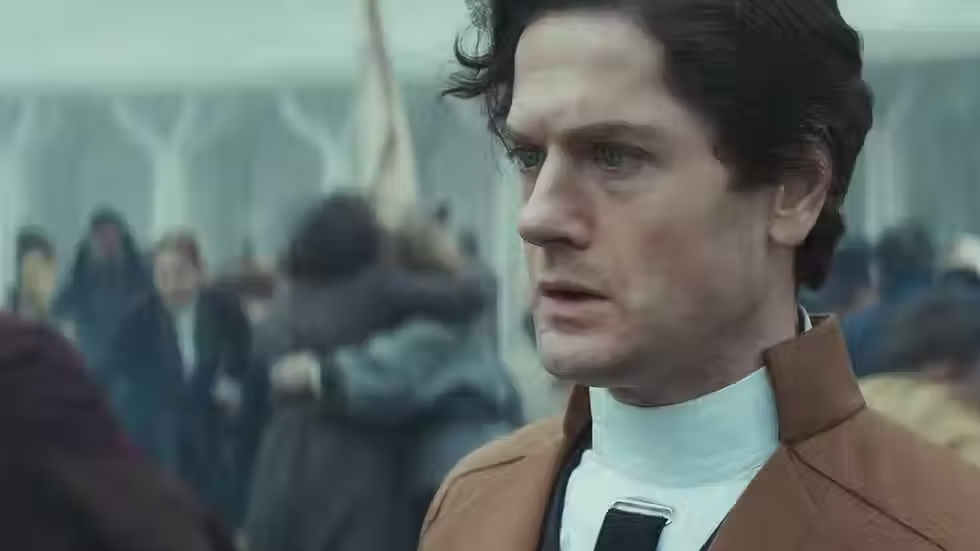Review: Frankenstein vs. Baragon
- ogradyfilm
- Nov 5, 2022
- 2 min read

The story of Toho’s Frankenstein vs. Baragon begins towards the tail end of World War II. With the fall of the Third Reich on the horizon, the Nazis confiscate the fruits of a brilliant scientist’s tireless research: the perfectly preserved heart of Frankenstein’s monster, alive and beating. Knowing that their days are numbered, the Germans send the organ to the Japanese army, which hopes to utilize its miraculous regenerative properties in order to produce a race of invincible super-soldiers. Unfortunately, the laboratory that receives it happens to be in Hiroshima, and its arrival coincides with the detonation of the atomic bomb.
And that's just the first ten minutes!
While Mary Shelley’s gothic horror masterpiece would initially appear to be a poor candidate for a kaiju-sized makeover, there is a method to director Ishiro Honda’s madness. Whereas Universal’s adaptation of the novel attributes the creature’s "birth" to electrical power (an embellishment that Honda accepts as canon), this film ties his resurrection (and subsequent increase in size) to radiation—a narrative development that is surprisingly consistent with the themes of the source material, which argues that technological progress, while not inherently immoral, must not be motivated by selfish ambition alone.

Like James Whale’s mute, shambling interpretation of the title character’s brutish creation, Frankenstein vs. Baragon is a flawed experiment: the plot is often sewn together haphazardly (immediately following the climactic battle, for example, a giant octopus shows up literally out of nowhere and abruptly drags Frankenstein into the sea), and Eiji Tsuburaya’s special effects haven’t aged particularly gracefully (though the miniatures and puppets remain undeniably charming). Ultimately, however, the movie is a delightfully fun cultural mashup despite (and occasionally even because of) these minor blemishes.





Comments